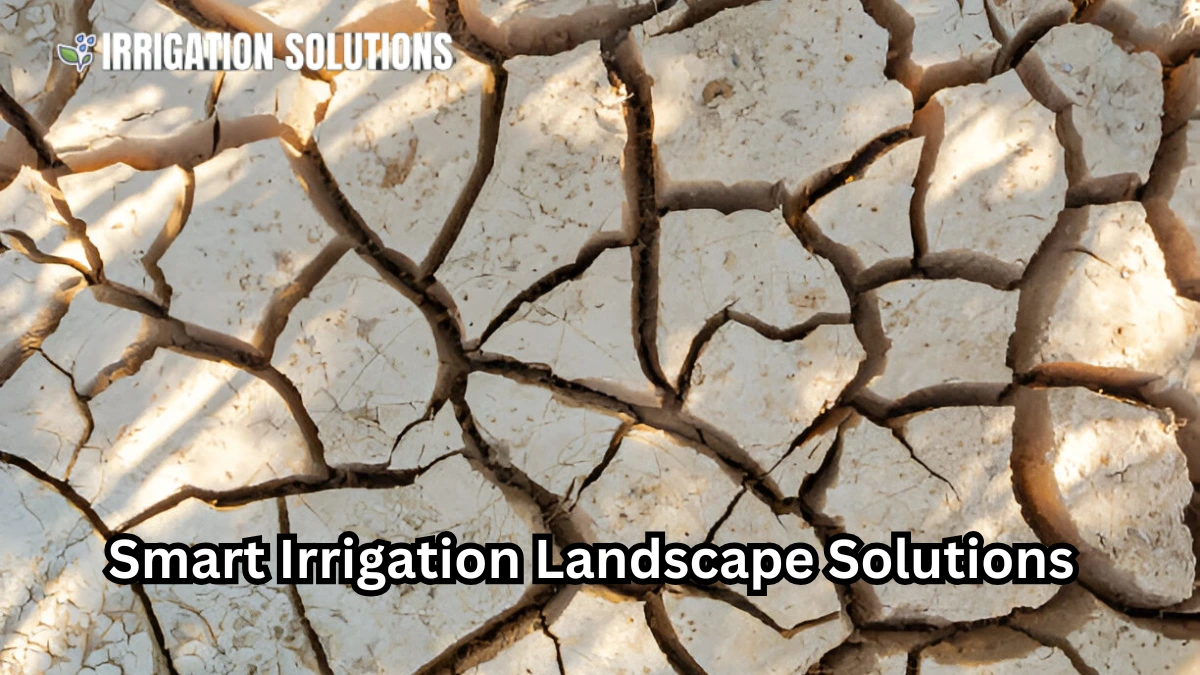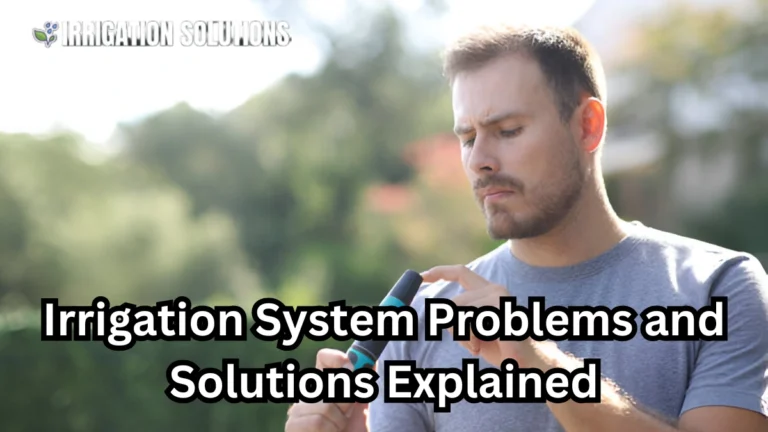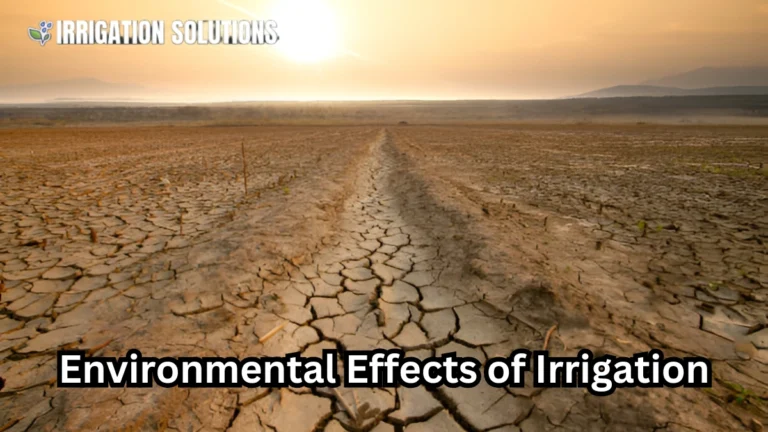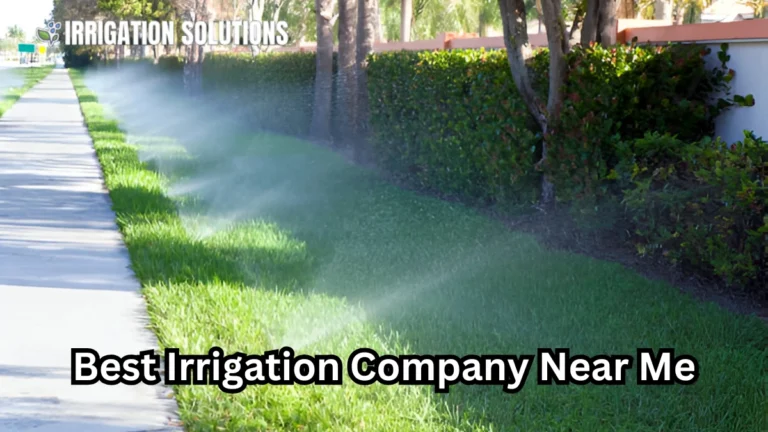best Irrigation Landscape Solutions

Proper irrigation is the cornerstone of a thriving, visually stunning landscape. Whether it’s for residential gardens, commercial properties, or community parks, investing in effective irrigation landscape solutions ensures water is distributed efficiently, conserving resources while nurturing vibrant greenery. In this blog post, we’ll explore innovative techniques, tools, and strategies to help you design and maintain the perfect irrigation system.
Why Irrigation Matters in Landscape Design
Watering isn’t just about keeping plants alive; it’s about sustainability and aesthetics. Here’s why it’s critical:
- Healthy Growth: Proper irrigation ensures plants receive the exact amount of water they need, preventing overwatering or underwatering.
- Resource Conservation: Modern systems can minimize water waste through smart technology and efficient distribution methods.
- Increased Property Value: A lush, well-maintained landscape enhances curb appeal and boosts property resale value.
Consider this quote from landscape architect Peter Walker:
“A landscape is only as sustainable as its irrigation system.”
Essential Components of an Irrigation System
Designing an efficient irrigation system involves a combination of various components working harmoniously. Here’s a breakdown:
Sprinkler Systems
- Ideal for lawns and larger open spaces.
- Rotary sprinklers: Great for distributing water over large areas.
- Pop up sprinklers: Perfect for aesthetics, as they remain hidden when not in use.
Drip Irrigation
- Highly efficient, delivering water directly to the root zones.
- Best suited for flowerbeds, shrubs, and vegetable gardens.
Smart Controllers
- Equipped with sensors and Wi-Fi connectivity.
- Adjust watering schedules based on weather, soil moisture, and plant needs.
Valves and Pipes
- Control water flow and direction.
- Use durable, corrosion resistant materials like PVC or HDPE.
Designing an Efficient Irrigation Landscape Solution
Step 1: Assess Your Landscape Needs
Every landscape is unique. Conduct a thorough analysis of soil type, plant species, sun exposure, and water requirements.
Step 2: Choose the Right System
Consider the following table to match irrigation methods to your needs:
| Landscape Type | Recommended Irrigation System | Key Features |
| Lawns | Sprinkler System | Covers large areas |
| Flowerbeds | Drip Irrigation | Water-saving, targeted flow |
| Vegetable Gardens | Soaker Hoses or Drip Lines | Prevents wet foliage issues |
| Trees and Shrubs | Deep Root Watering Systems | Reaches deep root zones |
Step 3: Install Smart Controls
Incorporate smart controllers for automated and eco friendly water management.
Step 4: Regular Maintenance
Inspect for leaks, clogs, or misaligned sprinklers to ensure optimal performance.
Innovations in Irrigation Technology
The irrigation industry is evolving with cutting edge tools and techniques. Some notable advancements include:
- Soil Moisture Sensors: Measure moisture levels to avoid overwatering.
- Weather-Adaptive Systems: Adjust schedules based on real time weather data.
- Subsurface Drip Irrigation (SDI): Buried drip lines prevent evaporation and maximize water delivery.
- Mobile Apps for Remote Monitoring: Control and monitor your irrigation system from anywhere.
Sustainable Practices in Irrigation
Sustainability is key in modern landscaping. Here are a few strategies to implement:
- Rainwater Harvesting: Collect and store rainwater for irrigation.
- Greywater Recycling: Reuse household wastewater for non potable applications like irrigation.
- Native Plants: Incorporate drought resistant plants to reduce water dependency.
- Mulching: Retain soil moisture and minimize evaporation.
Case Study
In California, a residential community reduced water usage by 40% by switching to drip irrigation and installing weather adaptive controllers. This change not only conserved water but also lowered utility bills.
Troubleshooting Common Irrigation Issues
Even the best systems can encounter problems. Here’s how to address them:
- Clogged Nozzles: Clean with a soft brush or replace the nozzle.
- Low Water Pressure: Check for leaks in pipes or ensure valves are fully open.
- Uneven Water Distribution: Adjust sprinkler heads or check alignment.
Maximizing ROI with Professional Services
While DIY installations can save money upfront, hiring professional landscape designers ensures long term efficiency and aesthetic appeal. Experts provide:
- Tailored system designs.
- Expert installation with minimal disruption.
- Routine maintenance and troubleshooting.
Conclusion
Effective irrigation landscape solutions are the backbone of sustainable and visually stunning outdoor spaces. By combining advanced technology with smart design principles, you can create a system that saves water, nurtures plants, and enhances the beauty of your property.
Ready to transform your landscape? Consider implementing these tips or consulting with a professional to achieve optimal results.






